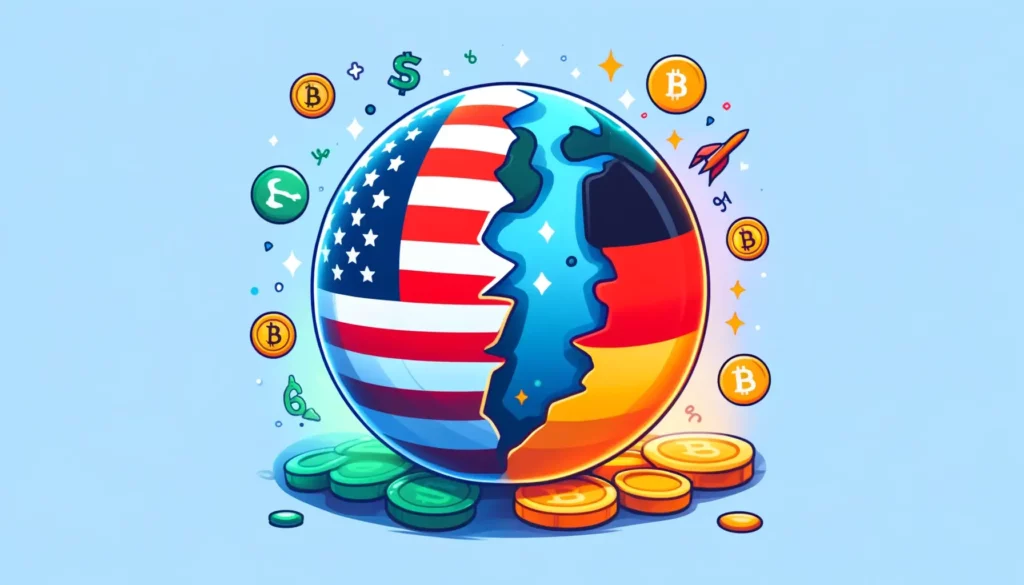Tides Shift in Cryptocurrency Investments
In a revealing week for digital assets, the market witnessed a significant pullback with investment products related to cryptocurrencies experiencing $126 million in outflows. This cautious approach by investors is notably reflected in the United States, where the outflows surged to $145 million. While Germany saw an uptick in investments, garnering $29 million in inflows, the overall sentiment remained wary, with countries like Canada and Switzerland also recording outflows.
Recent developments show a stark contrast to the earlier part of the year when such products enjoyed robust inflows, cumulatively peaking at $13.8 billion, a stark contrast to the previous record in 2021. This shift suggests a more nuanced investor approach amidst unstable market conditions.
Market Dynamics and Investor Response
This reticence in the investor community seems tied to the lack of positive price movements in major cryptocurrencies like Bitcoin and Ethereum, despite a slight increase in overall trading volumes. Ethereum and Solana notably faced continued outflows, suggesting a bearish outlook from investors toward these assets. Conversely, the altcoin sector managed to attract attention with assets like Decentraland and Basic Attention Token seeing fresh inflows.
Noteworthy is the fluctuating volume distribution in Exchange Traded Products (ETPs) and Exchange Traded Funds (ETFs), which have decreased in total market volume, indicating a heightened sense of caution among investors.
A Closer Look: Investment Strategies and Market Adaptation
From my point of view, the cooling investment sentiment reflects a broader trend of market consolidation and investor reassessment of risk in the digital asset space. The pullback is not just a response to short-term price trends but a strategic shift by investors recalibrating their portfolios towards more stable and perhaps traditionally secure assets.
The contrasting movements between the U.S. and Germany underscore the regional differences in how investors are responding to the current market dynamics. The increased inflows in Germany could indicate a more aggressive stance by European investors, seeing the dip as a buying opportunity.
However, it’s crucial to note the potential long-term impacts of such a trend. Continued outflows could signal a broader loss of confidence that might affect market liquidity and the development of new products. On the flip side, this could also pave the way for more sustainable investment strategies as the market matures, moving away from speculative trades towards more fundamentally driven decisions.
This shift could redefine investment landscapes in digital assets, prompting both investors and product providers to innovate and adapt in ways that align with the evolving market conditions and investor expectations.





